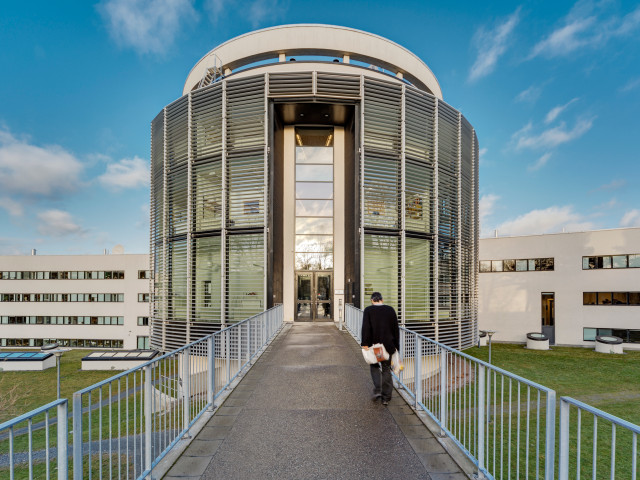This course reviews nanostructured functional materials from building blocks with at least one dimension less than 100 nm. It aims at teaching the students a variety of techniques that are commonly used for the fabrication of nanostructured materials. A general introduction starting from the atomic level to the formation of crystals/solids and crystal structures will be presented. Bottom up strategies for the fabrication of nanostructured materials with a higher flexibility of controlling materials’ microstructure will be emphasized. Solution based techniques will be prioritized in order to emphasize the significance of prior chemical knowledge in making the desired materials. Gas phase fabrication techniques including CVD, PVD, RF-sputtering, etc will be covered. Self-assembly process and its use for the fabrication of higher order nanostructures will be presented.
IM2657 Nanostructured Materials and Self Assembly 6.0 credits
This course has been discontinued.
Decision to discontinue this course:
No information inserted
Information per course offering
Course offerings are missing for current or upcoming semesters.
Course syllabus as PDF
Please note: all information from the Course syllabus is available on this page in an accessible format.
Course syllabus IM2657 (Autumn 2008–)Content and learning outcomes
Course contents
Intended learning outcomes
After a successful completion of the course, students should be able to:
- Describe bottom-up and top-down strategies for making nanostructured materials.
- List solution based techniques used for the fabrication of nanomaterials.
- Describe co-precipitation technique and compare it with other solution based techniques.
- Describe sol-gel technique and compare it with other solution based techniques.
- Describe microemulsion synthesis technique and compare it with other solution based techniques.
- Explain the underlying principle of morphology and size control in solution-based fabrication techniques.
- Describe self-assembly route, explain the underlying principle for the fabrication of nanostructured materials.
- Give examples of nanostructured materials fabricated via self-assembly route.
- Describe mesocrystals and their formation using self-assembly principles.
Literature and preparations
Specific prerequisites
Literature
Lecture notes and handouts.
Examination and completion
Grading scale
Examination
- OPR1 - Oral Presentation, 3.0 credits, grading scale: P, F
- TUT1 - Tutorials, 3.0 credits, grading scale: P, F
Based on recommendation from KTH’s coordinator for disabilities, the examiner will decide how to adapt an examination for students with documented disability.
The examiner may apply another examination format when re-examining individual students.
If the course is discontinued, students may request to be examined during the following two academic years.
Assignments TUT1, TUT2, TUT3: 1 credit each: 3 credits
Oral Presentation: 3 credits
Examiner
Ethical approach
- All members of a group are responsible for the group's work.
- In any assessment, every student shall honestly disclose any help received and sources used.
- In an oral assessment, every student shall be able to present and answer questions about the entire assignment and solution.
Further information
Course room in Canvas
Offered by
Main field of study
Education cycle
Supplementary information
Language of instruction: English
The course is replaced by SK2765 as from autumn term 2017.